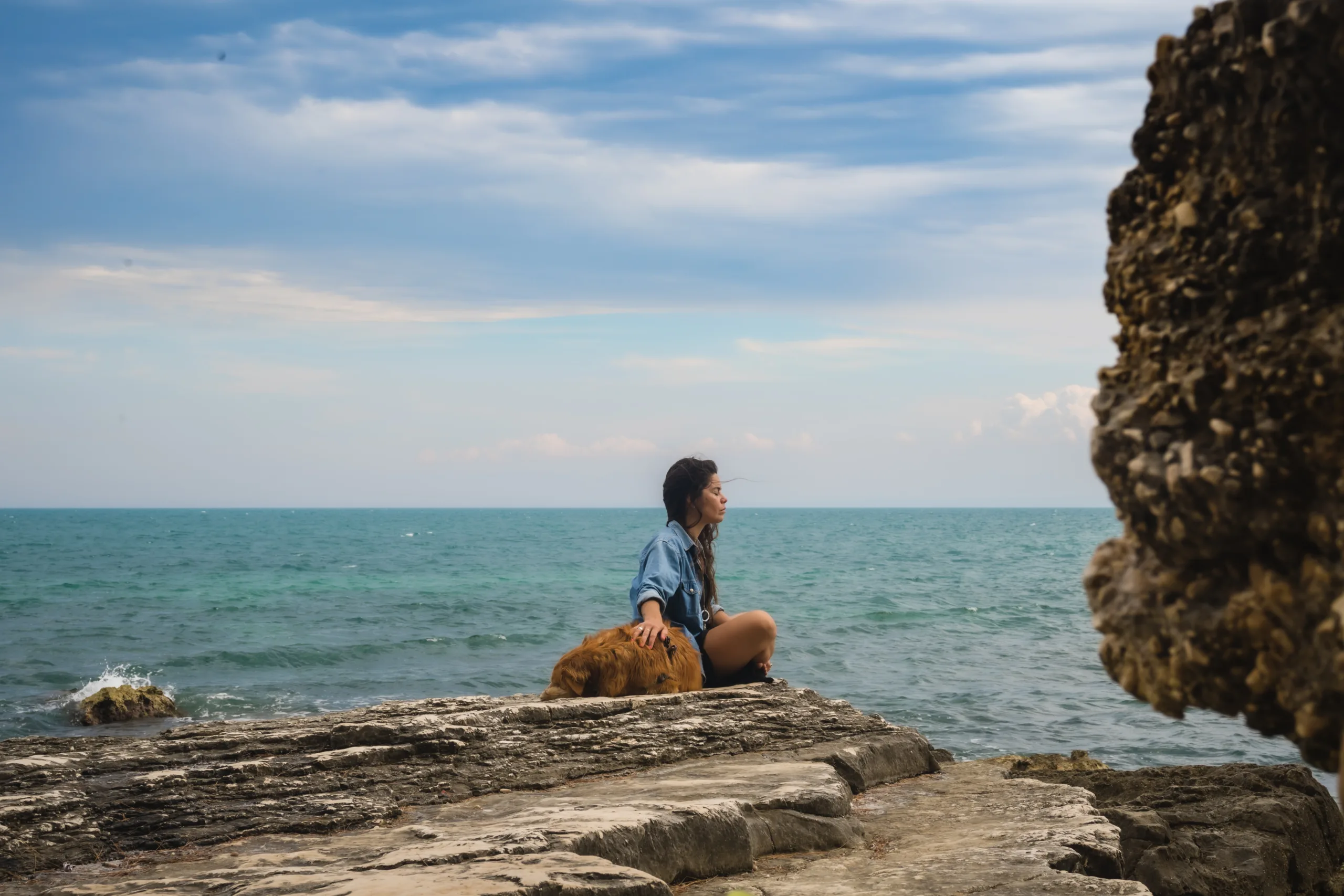Water Meditations: Discovering Serenity and Inner Reflection
Introduction
In our fast-paced and hectic lives, finding moments of tranquility and inner peace has become more important than ever. Water meditations offer a unique and refreshing approach to mindfulness, allowing us to connect with the soothing and rejuvenating qualities of water. In this comprehensive guide, we will explore the practice of water meditations, understand their profound benefits, learn practical techniques to incorporate water into your meditation practice, and discover the transformative power of this ancient practice.
The Essence of Water Meditations
What Are Water Meditations?
Water meditations are a form of contemplative practice that harnesses the healing and calming properties of water to deepen mindfulness and promote relaxation. It involves immersing yourself in the presence of water, whether it be a flowing river, a peaceful lake, or even a warm bath, and using it as a focal point for your meditation practice.
The Healing Power of Water
Water has long been associated with tranquility, purification, and renewal. Engaging in water meditations allows you to tap into its restorative qualities, both physically and mentally. Some of the key benefits of water meditations include:
- Relaxation and Stress Relief: The gentle movement and soothing sounds of water can induce a state of relaxation, helping to alleviate stress and anxiety.
- Enhanced Clarity and Focus: Immersing yourself in the calming presence of water can clear the mind and enhance mental clarity, enabling you to focus more deeply on your meditation practice.
- Emotional Release: Water has the ability to wash away emotional tension and promote a sense of emotional release and balance.
- Connection with Nature: Water meditations provide an opportunity to connect with the natural world and tap into the profound wisdom and serenity it offers.
Techniques for Water Meditations
1. Flowing River Visualization
- Find a serene spot by a flowing river or stream.
- Sit comfortably, close your eyes, and take a few deep breaths to center yourself.
- Visualize yourself sitting beside the river, observing the gentle flow of water.
- As thoughts or distractions arise, imagine placing them on a leaf and watching them float away downstream.
- Allow the peaceful sound of the flowing water to guide your meditation, deepening your sense of relaxation and connection.
2. Lake Reflection Meditation
- Choose a tranquil lake or pond where you can sit by the water’s edge.
- Sit comfortably, close your eyes, and take a moment to connect with your breath.
- Open your eyes and gaze at the calm surface of the lake, observing the reflections and ripples.
- As you breathe in, imagine inhaling serenity and tranquility. As you exhale, release any tension or worries into the water.
- Allow the stillness of the lake to mirror the stillness within you, cultivating a sense of peace and harmony.
3. Mindful Bathing Ritual
- Create a serene and inviting atmosphere in your bathroom.
- Fill the bathtub with warm water and add a few drops of your favorite essential oil or bath salts.
- Before entering the bath, take a moment to set an intention for your meditation, such as relaxation, self-care, or inner reflection.
- Slowly immerse yourself in the water, allowing it to envelop your body and senses.
- Pay attention to the sensation of the water on your skin, the warmth embracing your body, and the subtle movements as you relax.
- Engage all your senses, focusing on the soothing aroma, the sound of water, and the sensation of weightlessness.
- Allow yourself to be fully present in the moment, letting go of any distractions or worries.
FAQs (Frequently Asked Questions)
Q: Can I practice water meditations in any body of water?
A: Yes, water meditations can be practiced in various settings, such as rivers, lakes, oceans, or even your own bathtub. The key is to create a peaceful and nurturing environment that allows you to connect with the water element.
Q: How long should a water meditation session last?
A: The duration of your water meditation practice can vary depending on your preference and availability. It can range from a few minutes to an hour or more. Start with a duration that feels comfortable and gradually increase it as you become more experienced.
Q: Can I combine water meditations with other meditation techniques?
A: Absolutely! Water meditations can be combined with other meditation practices, such as breath awareness, guided visualizations, or mantra recitation. Experiment with different techniques and find what resonates best with you.
Q: Is it necessary to know how to swim to practice water meditations?
A: No, swimming skills are not necessary for water meditations. Most water meditations involve sitting or being in close proximity to water rather than actively swimming.
Q: How often should I practice water meditations?
A: The frequency of your water meditation practice is a personal choice. It can be a daily practice, a weekly ritual, or whenever you feel the need for deep relaxation and connection. Listen to your intuition and establish a practice that suits your needs and lifestyle.
Conclusion
Water meditations offer a gateway to serenity and inner reflection, allowing us to immerse ourselves in the healing embrace of water. By incorporating water into our meditation practice, we can access profound states of relaxation, clarity, and connection with the natural world. So, take a moment to pause, find your favorite body of water, and embark on a transformative journey of self-discovery and tranquility through the practice of water meditations.
[External Links]
